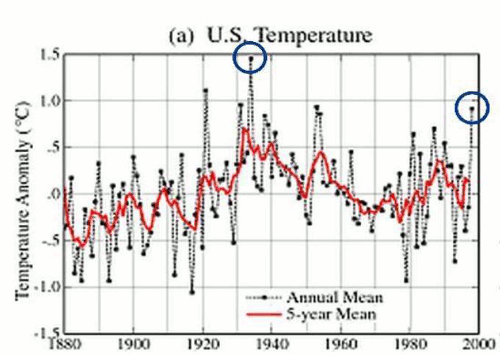jon_berzerk
Platinum Member
- Mar 5, 2013
- 31,401
- 7,368
- 1,130
Of course if the hairball cat wants a different reading on climate model FORECASTING performance. Doesn't like the Dr Roy Spencer version, let's just submit the IPCC AR5 version...

Sucks kibble don't it???
What was funny, the IPCC added the GREY shaded section, which is outside of all their error bars, so that it would imply that their predictions were still somewhat valid. Deception of the highest magnitude... You will note there is no descriptive ] block. it was simply put their to deceive.
they are stretching the truth
--LOL






